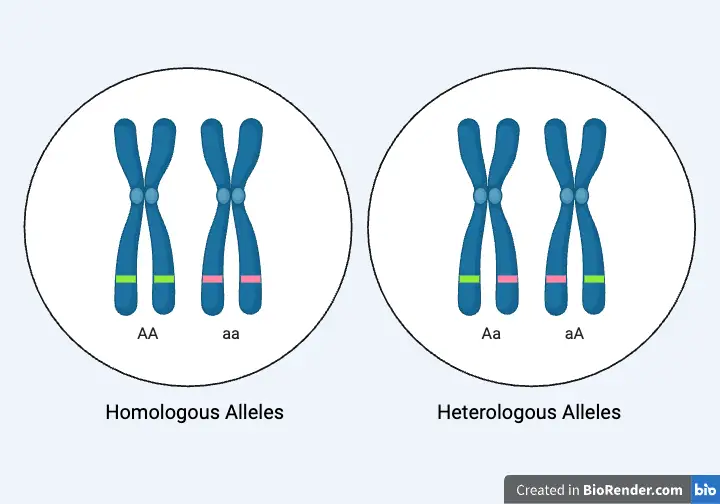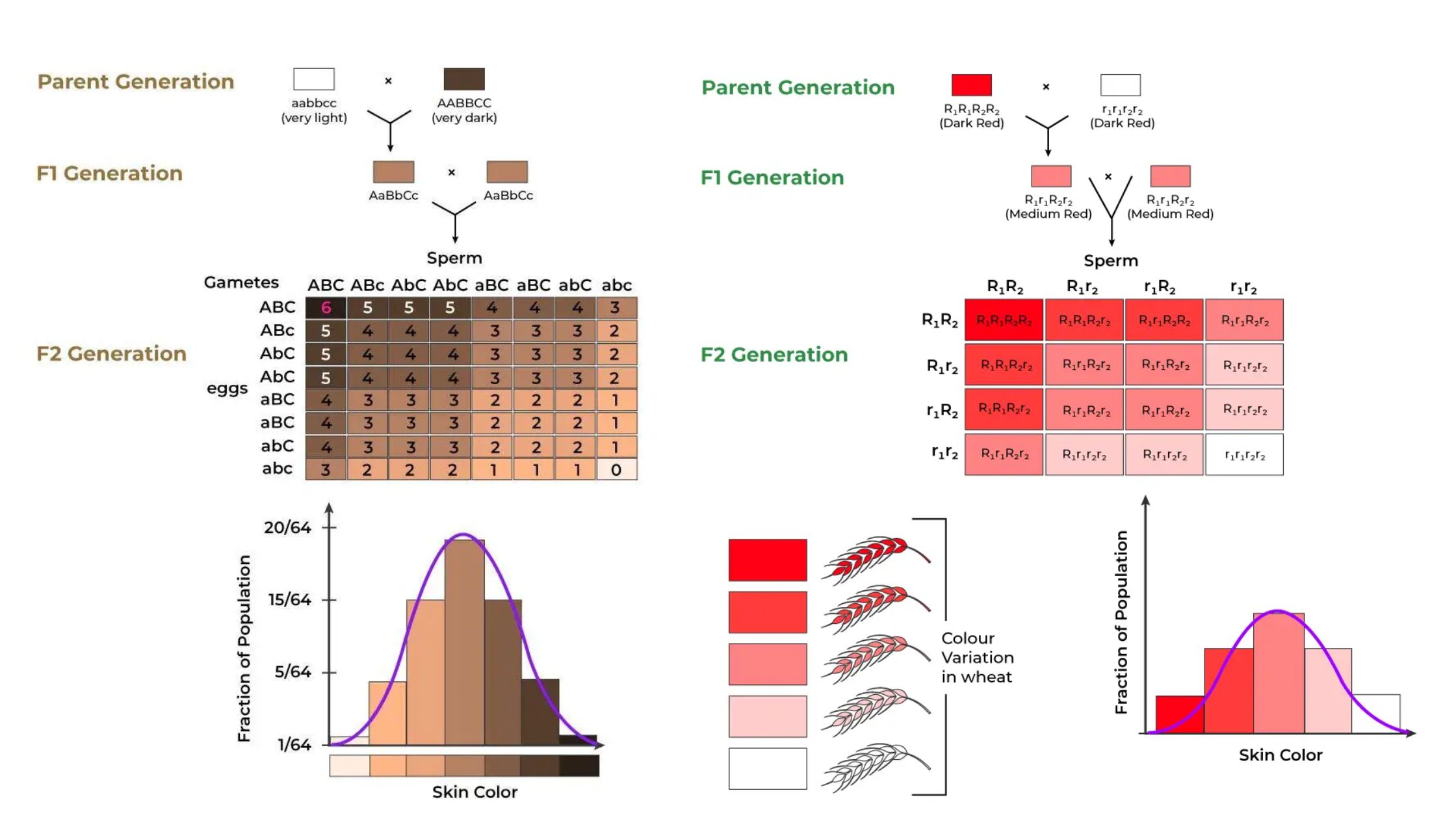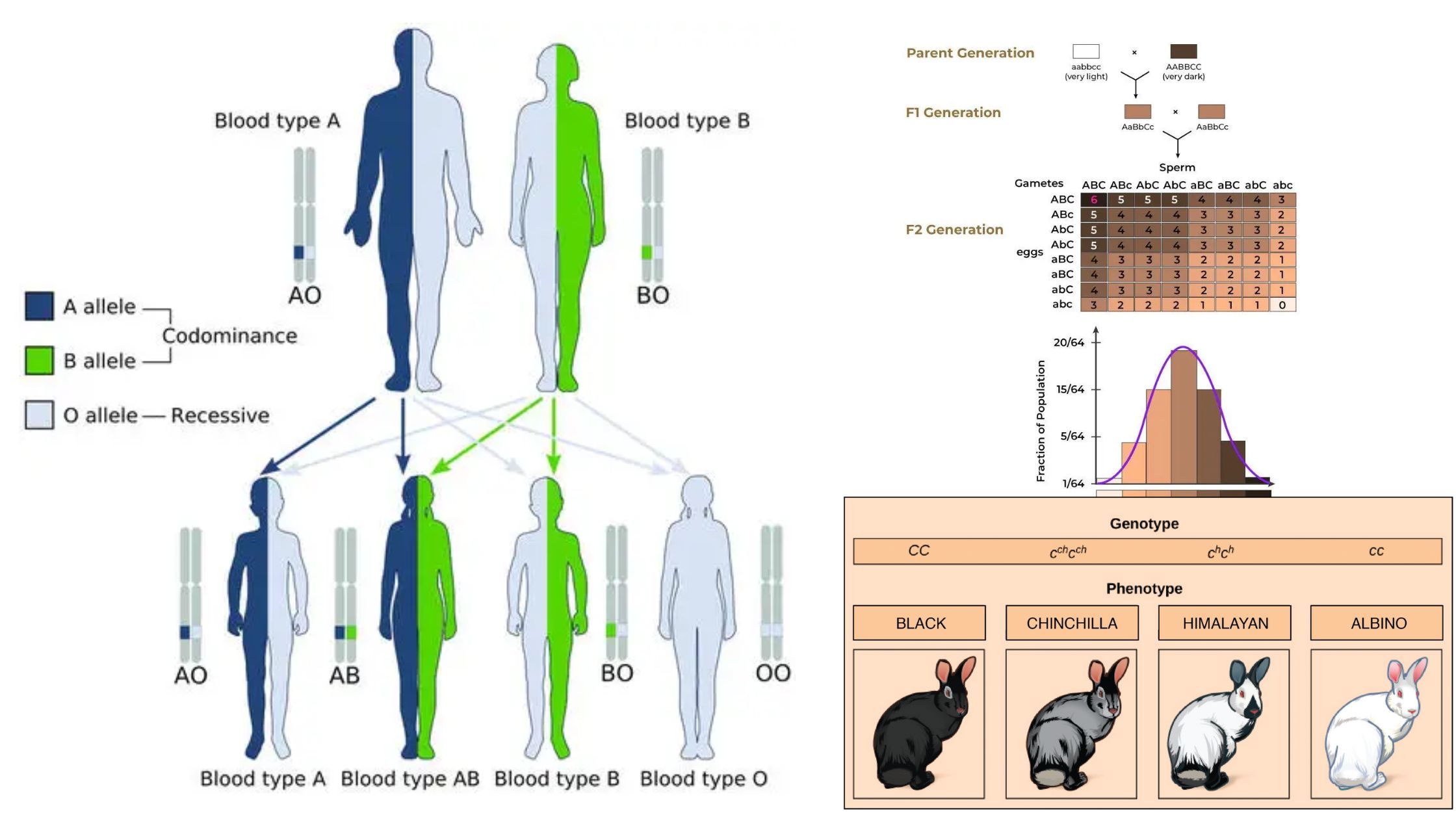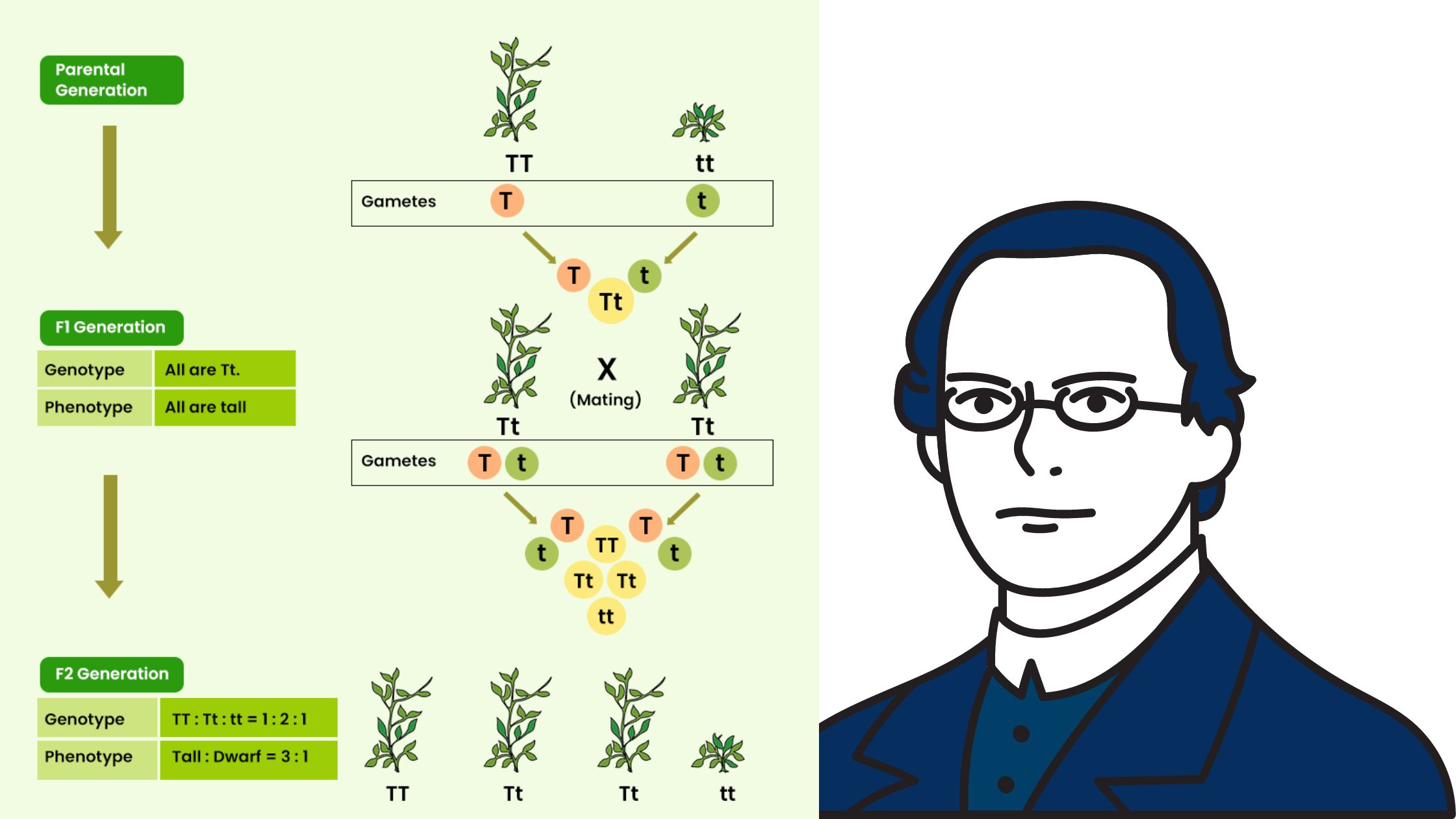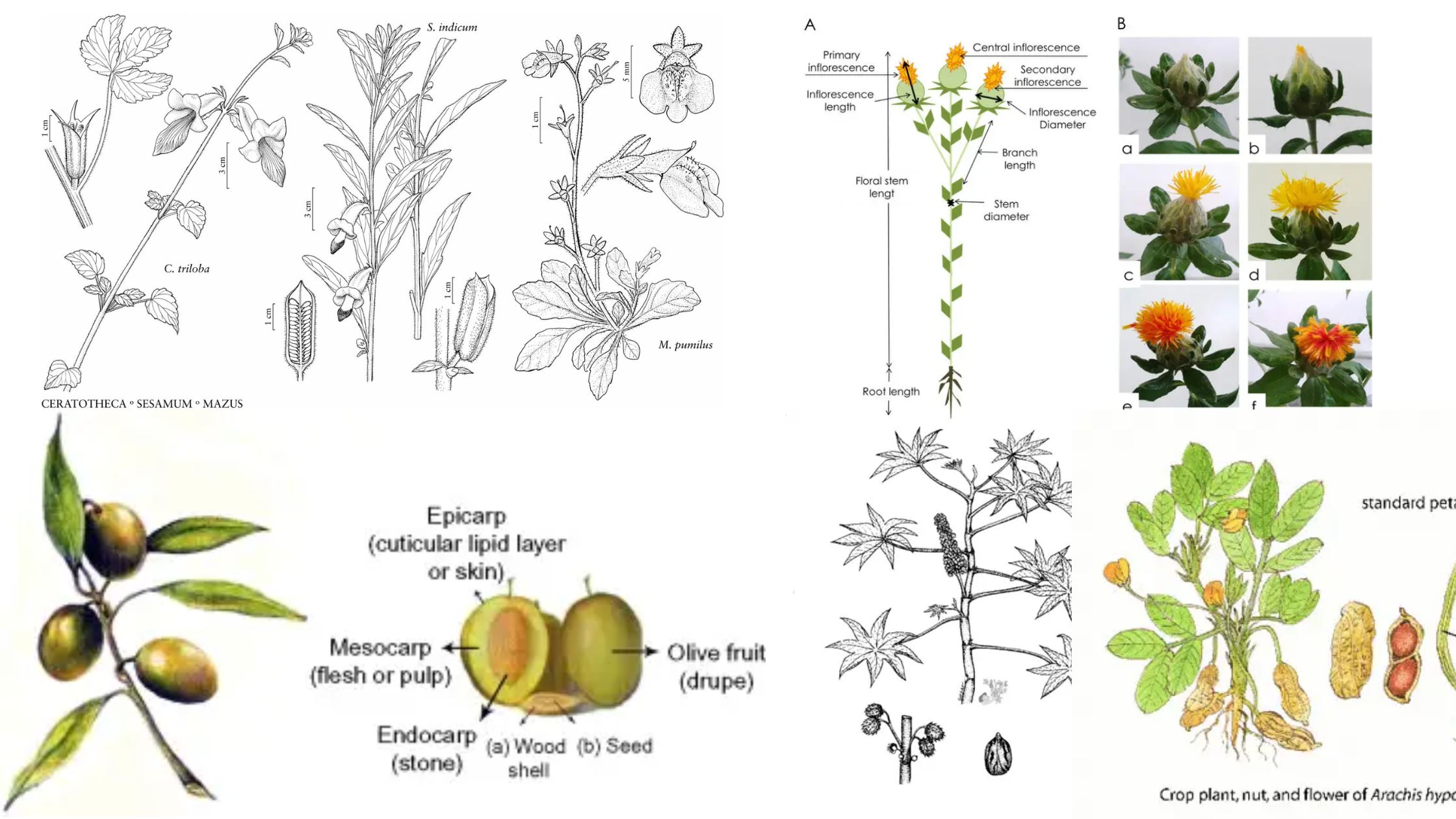Alleles – Definition, Characteristics, Types, Examples
What is Allele? Definition of Allele An allele is a specific variant of a gene that occupies a particular position (locus) on a chromosome, and different alleles can result in variations of a trait. Each individual inherits two alleles for each gene, one from each parent. Features of Alleles Types of Alleles There are different … Read more
